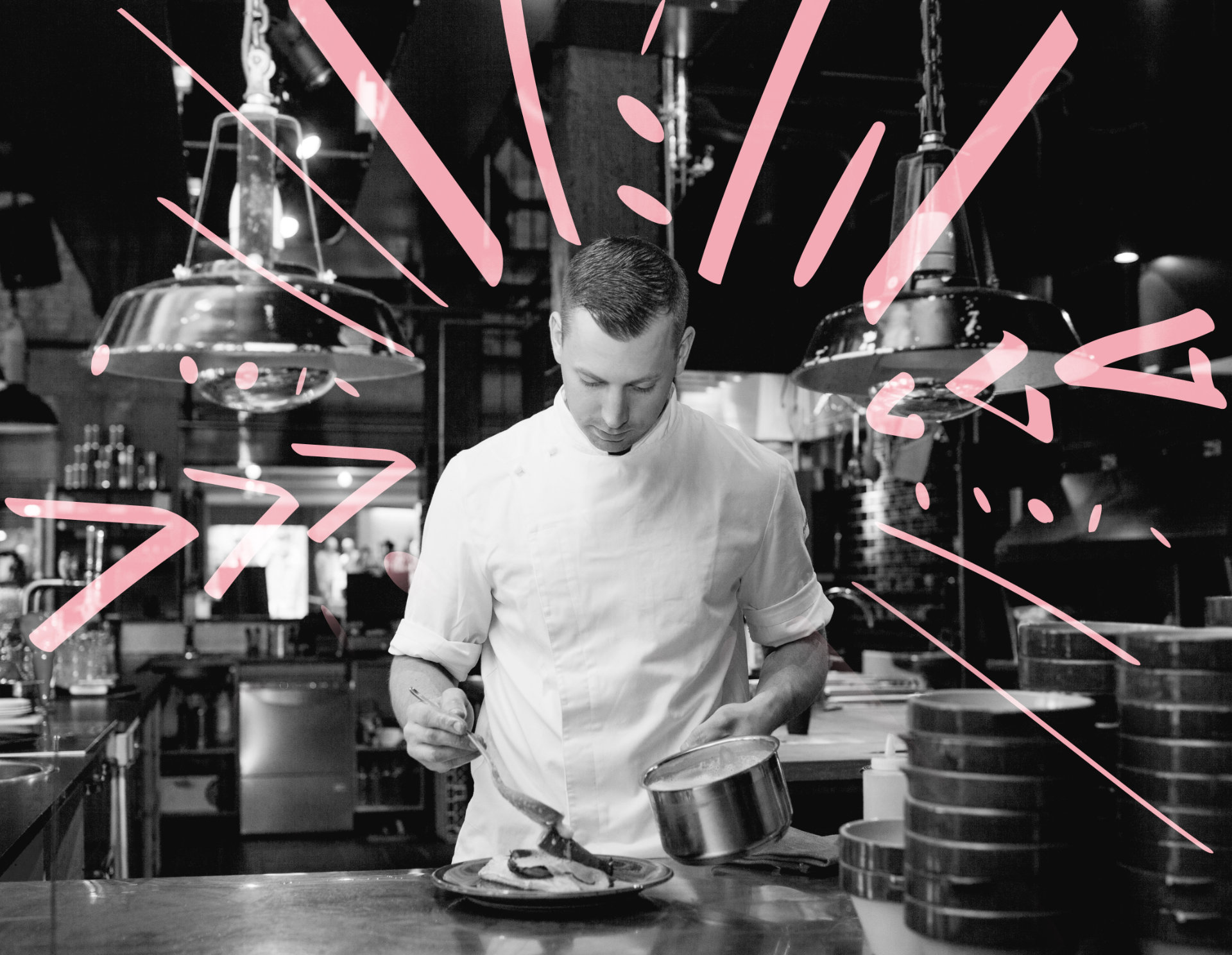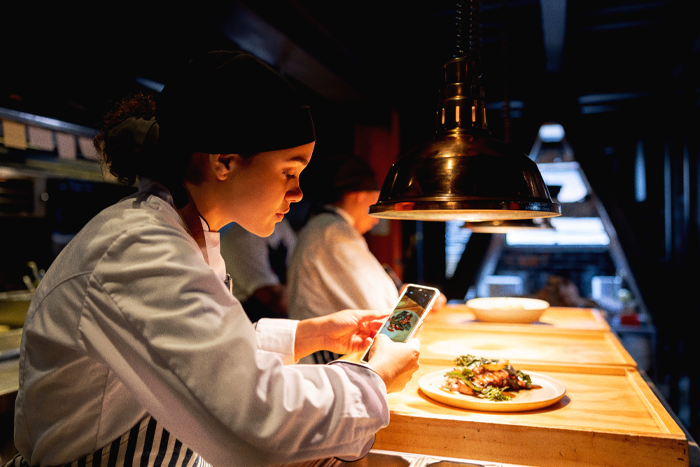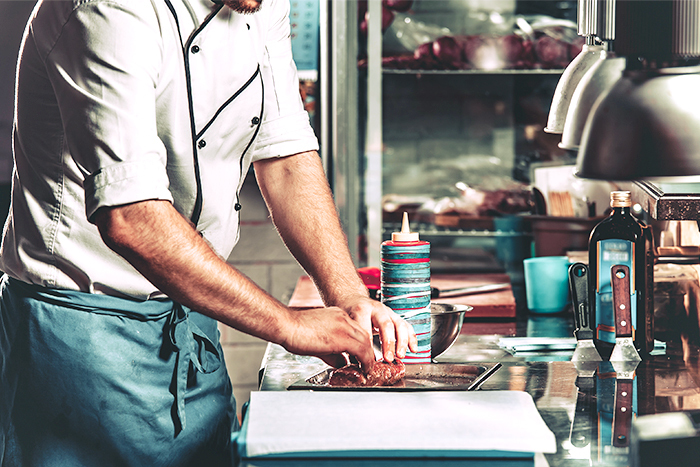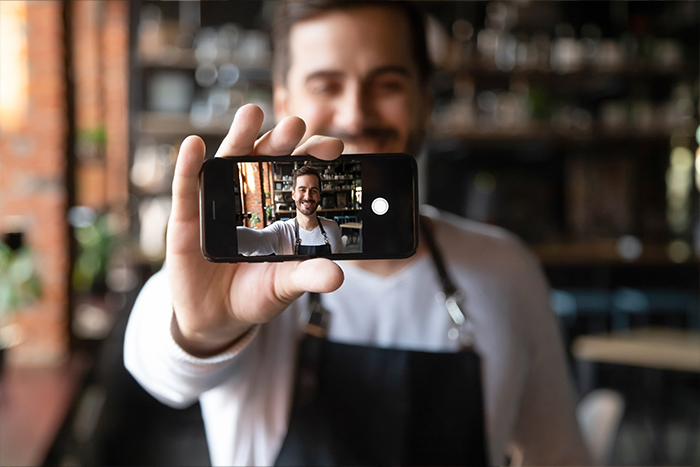Canada’s biggest food and hospitality event of the year, the RC Show, was a big hit with the return of in-person attendance (as well as virtual). With this year’s theme, REVIVE the industry, we gathered intel from some of the amazing panel discussions to give you some helpful strategies that you can apply to your business.
- Keep online ordering running smoothly.
One thing we know for sure—delivery was massive during the pandemic and as restaurants reopen, it appears that online ordering is here to stay. So what’s next? Noah Hayes (General Manager for Deliverect) and Anant Ravichandra (Business Manager at QUESADA) discussed how restaurants have successfully embraced the technology to drive growth and achieve efficiencies. Here are some key points from the talk.
- Consumers are moving into an era of less human interaction—they want to order their food without talking to anyone. This explains why they do everything on their phone and tablets. They want to see real time data on where their food is.
- Consumers want a seamless integration and a consistent experience with full integration across the board. And they’re big fans of loyalty points, which they would want to use on Skip.
- Consumers want companies to pay more attention to the environment. Delivery can be a waste-heavy footprint with packaging and emissions, so companies that incorporate reusable containers could be a game-changer.
- Basket sizes have increased during the pandemic, and not just with online orders. Drive-thrus had a spike of 30% in sales. The important thing is to reach customers in as many ways as possible to keep them happy.
- The contactless delivery demand is still going up meaning customers will rely on apps more and more.
- Traditional dining will still be around but it likely won’t have as much growth. Consumers are still going to depend on technology and convenience wherever they choose to order.
- Picking tech can be risky, but the risks can certainly pay off, especially when it comes to improving the customer experience.
- Tech is the future. Robot and drone delivery is here to help tackle labour challenges, along with holographic menus.
- Concentrate on culture and experiences (especially for full-service restaurants).
Full-service restaurants were one of the hardest-hit segments during the pandemic, but some were able to pivot and innovate. They doubled down on digital engagement while facing the reality of customers spending more time in their own kitchens. Here are some helpful takeaways from the full-service restaurant panel featuring Roger Mooking (Chef, Television Host & Restaurateur) and Meeru Dhalwala (Co-owner & Chef, Vij’s Restaurant).
- People want to experience the world of food and local restaurants have the opportunity to provide diners with that cultural experience. Get your employees involved in bringing that to life by giving them talking points for customers.
- It’s all about the people and the culture of the restaurant. Everyone needs to work together as a team to make an emotional connection and drive memorable experiences.
- There’s a demand for premium products and experiences. Non-alcoholic products are also in demand, as are plant-based products to help answer environmental challenges.
- Collect stories on how your food is made, for example from the farmers whom you get your food from. Customers want to know more about these stories so feel free to tell them.
- Invest in your restaurant and your customers.
What do Fast Casual Restaurants do to stay at the top of their game? This panel featuring Adenah Bayohn (Co-Founder, Cornbread), Tabassum Zalotrawala (Chief Development Officer, Chipotle), and Jeff Dang (CEO, imPerfect Fresh Eats), addressed the pressing issues facing restaurateurs today. Here are some of the helpful bits of info they shared.
- People are more comfortable in dealing with retail and food service digitally. Invest in technology that enhances the customer AND employee experience.
- Invest in your restaurant. Customers want to support a holistic brand — good food, memorable experience, proper treatment of employees, sustainability, etc.
- Consider a loyalty program. 80% of adults want and would sign up for one from their favorite restaurants. It’s great incentive to get them to come back and keep spending.You can also refer this blog post to find ways to win GenZ and Millennial diners for your restaurant .“
- Your customers are kind, so listen to them. When you listen to them, it makes it so much easier.
- Leverage food delivery like nobody’s business.
From convenience to necessity, food delivery continues to change the way Canadians engage with the restaurant industry. We heard from Michael Falcon (Owner, Brase Peruvian Kitchen) and Yianni Fountas (Senior Director, Emerging Brands & Partnerships, Strategic Projects and Business Insights, Recipe Unlimited) as they gave helpful strategies on how to leverage online ordering and delivery.
- As we’ve learned, consumer habits are changing and becoming more digital, with QR codes for menu, mobile pay options, etc.
- Immediacy is the new norm. People aren’t going to want things slower, if anything they’ll want them faster.
- People don’t fail, systems do. Try to create learning and development opportunities for employees to meet the immediacy need.
- On social media, the people that are following you are most likely already loyal followers. You need to communicate to them in a way that they feel like it.
- Improve inefficiencies to build a better guest experience.
- Considering a virtual kitchen? There is no one-size-fits-all approach. But they are something to consider (you can only fit so many people in a dining room, virtual kitchens allow a restaurant to expand its reach).
- Restaurants are becoming more omni-channel.
- Don’t be married to your strategy for today. As we learned things can change quickly, so you’ll need to adjust as times change.
We hope you enjoyed these strategies to drive even more revenue while continuing to make customers happy.





